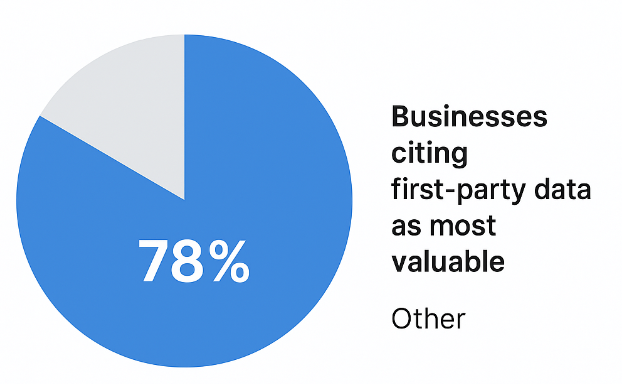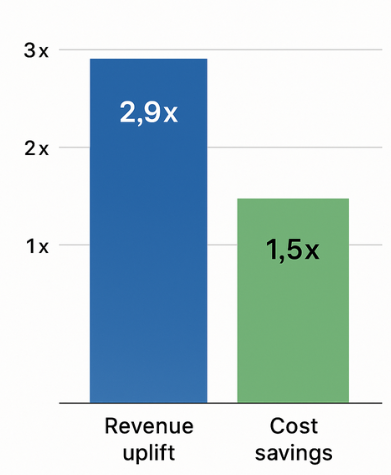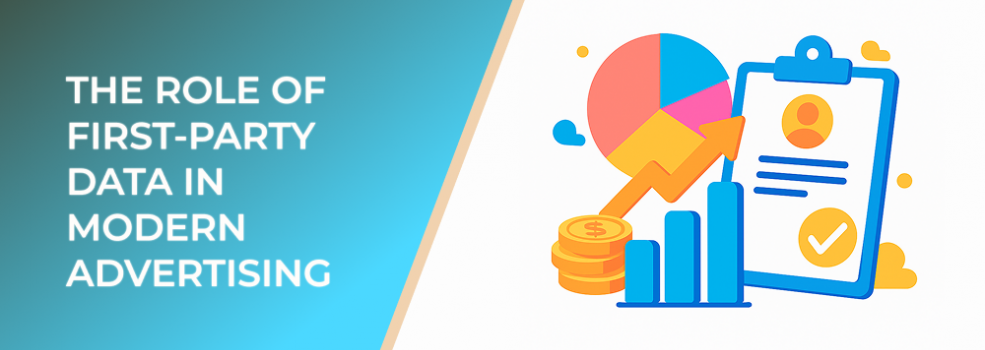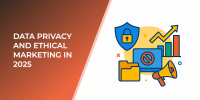Over the past decade, digital advertising has been transformed by data. Marketers once relied heavily on third-party cookies to track user behavior across the web. However, with stricter privacy laws and browser restrictions, those days are coming to an end. The industry is now shifting toward a model where the most valuable data comes directly from customers themselves.
First-party data — the information a company collects from its own audience through website visits, social media interactions, subscriptions, or purchases — is now the gold standard. It’s accurate, privacy-compliant, and tailored to real customer behavior.
Why First-Party Data Matters
A recent Statista report shows that 83% of marketers view the loss of third-party cookies as a major challenge, yet 86% believe first-party data will become their most valuable asset in the next two years. This shift reflects a growing recognition: owning your data means owning your audience.

Percentage of businesses that view first-party data as their top personalization resource
Unlike third-party sources, first-party data provides:
-
Transparency: Customers knowingly share information with your brand.
-
Accuracy: Data originates from real, verified interactions.
-
Longevity: First-party data doesn’t expire when browsers change their policies.
Personalization Without Privacy Risks
Modern consumers expect personalization — but not at the cost of their privacy. Using first-party data allows advertisers to create tailored experiences while staying compliant with GDPR and CCPA standards.

Revenue and cost-efficiency benefits of leveraging first-party data for advertising
For example, segmenting users based on their engagement history or purchase behavior helps craft relevant messages that convert. According to McKinsey, companies that excel at personalization generate 40% more revenue from those activities compared to their competitors.
Building a First-Party Data Strategy
Developing a sustainable data strategy involves three key steps:
-
Collect Ethically: Use sign-up forms, loyalty programs, or gated content to gather information directly from users.
-
Centralize and Analyze: Integrate data from multiple touchpoints to create unified audience profiles.
-
Activate Effectively: Apply insights to ad campaigns, retargeting, and customer nurturing without relying on external data providers.
Marketers should also invest in technologies that help automate data organization and audience segmentation, making campaigns more efficient and less dependent on opaque ad networks.
Future Outlook
The future of advertising will be built on trust. Brands that prioritize transparency and consent-based data collection will earn stronger relationships with their audiences and achieve higher ROI. As third-party cookies fade away, the most successful advertisers will be those who can build, manage, and activate their own audience data intelligently.
Suggested Reads:

